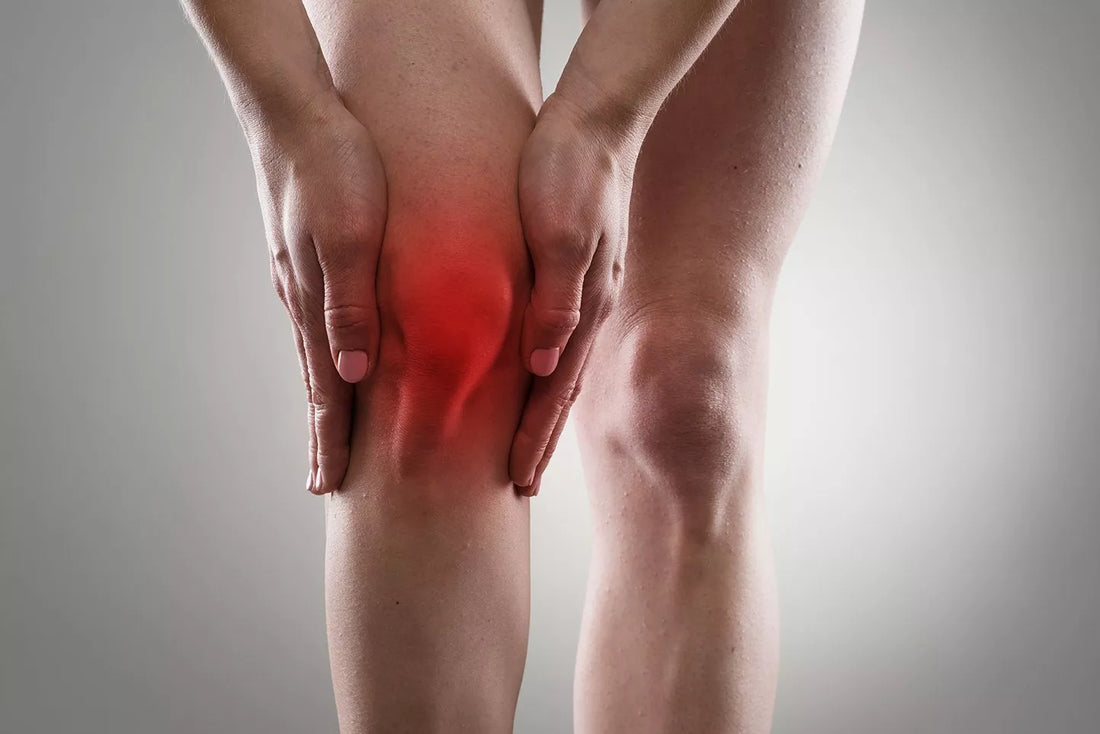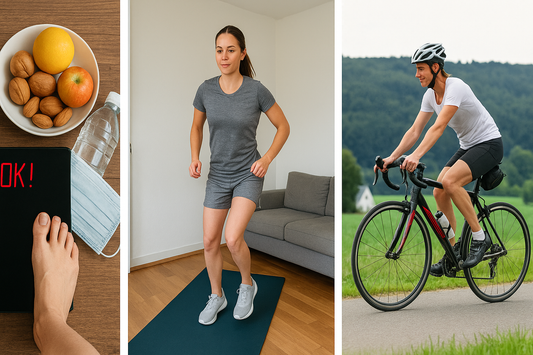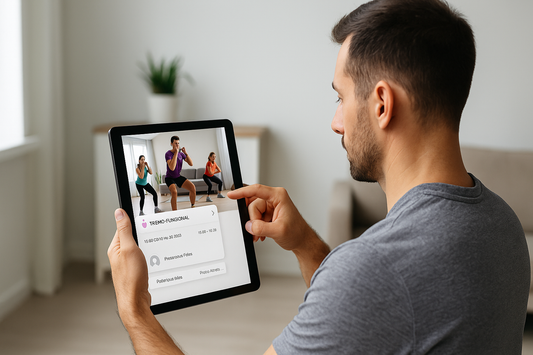
Knee Discomfort After Sports: Reasons and How to Prevent It
Share
Playing sports is essential for maintaining a healthy lifestyle, but it can bring with it some discomfort, especially in the knees. This article explores the main reasons for knee discomfort after playing sports and offers prevention tips so that you can continue to train safely and effectively.
Reasons for Knee Discomfort
1. Overloading and Excessive Use
Overuse of the knees in high-impact activities such as running, jumping, and sports involving sudden movements can cause wear and tear on the joint structures. Repetitive overload can lead to inflammation and micro-injuries in the tendons and cartilage.
2. Inadequate Technique
Performing exercises with improper technique can increase the pressure on your knees, resulting in injury. Incorrect movements, such as poorly executed squats or running with incorrect footwork, can compromise the integrity of your joints.
3. Lack of Warm-up and Stretching
Warming up prepares your body for exercise by increasing blood circulation and muscle flexibility. Skipping this step can leave your knees more susceptible to injury. In addition, stretching after a workout is essential to loosen up your muscles and prevent tension.
4. Poor Choice of Footwear
Wearing inappropriate footwear can affect weight distribution and knee alignment. Worn-out or inappropriate sports shoes can contribute to discomfort.
5. Muscle Weakness and Imbalances
Muscle weakness or imbalance, especially in the muscles that support the knees, such as the quadriceps and hamstrings, can increase the risk of injury. An imbalance between the muscle strength of the front and back of the thigh can destabilize the knees.
How to Prevent Knee Discomfort
1. Warming up and stretching
Take at least 10 minutes to warm up before starting any physical activity. Include joint mobility exercises and dynamic movements that mimic the movements of your workout. After exercising, stretch all the muscle groups you worked, with a special focus on your leg muscles.
2. Muscle Strengthening
Include muscle-strengthening exercises in your routine, focusing on the muscles that support your knees, such as your quadriceps, hamstrings, glutes, and calves. Exercises like squats, leg presses, and heel raises are great options.
3. Correct Technique
Learn and practice the correct technique for each exercise. If necessary, seek guidance from a physical education professional to ensure that you are performing the movements safely.
4. Choosing the Right Footwear
Invest in shoes that are appropriate for the activity you do. Shoes with good cushioning and adequate support can make a big difference in the comfort and safety of your knees.
5. Progressive Increase in Intensity
Avoid increasing the intensity or duration of your workout abruptly. A gradual increase allows your body to adapt to the new workload, reducing the risk of injury.
6. Recovery and Rest
Give your body enough time to recover between workouts. Respect your body’s signals and don’t hesitate to take rest days when necessary. Recovery is crucial to avoid overuse and injury.
When to Seek Professional Help
If knee discomfort persists or worsens, it is important to seek medical help. A physical therapist or orthopedist can assess your condition and recommend appropriate treatment, which may include physical therapy, specific exercises, or, in more severe cases, medical intervention.
Keeping your knees healthy is essential to continue to practice physical activities in a safe and enjoyable way. By following these tips, you can minimize the risk of discomfort and injuries, ensuring a more efficient and sustainable sports practice.
What is the right training program for me?
We recommend that you check which training program is best suited for you. Find out which training program is right for you where after completing the questionnaire we will help you identify the ideal training plan based on your goals and fitness level, ensuring more efficient and targeted development.
Revenues:
- Chicken Salad with Quinoa and Avocado
- Recipe: Protein Pancakes
- Chicken Salad with Quinoa and Avocado
- Recipe: Banana Smoothie with Rice and Oat Milk
- Green Detox Smoothie Recipe
Other topics:
Challenge of the day | Tips | Training
Suggested services:
Diagnosis, assessment/reassessment | Planning | Accompanied training
Suggested ebooks:
100 No Excuses Workouts | Amateur race | Fitness Detox
Suggested training programs:
Military training | Metabolic training
Where to buy Food Supplements
Whey protein 900g chocolate flavor
Creatine monohydrate with Creapure® seal 240 capsules
Omega-3 Supplement
For more tips on training and health care, continue following our articles at www.treinoemcasa.com .



